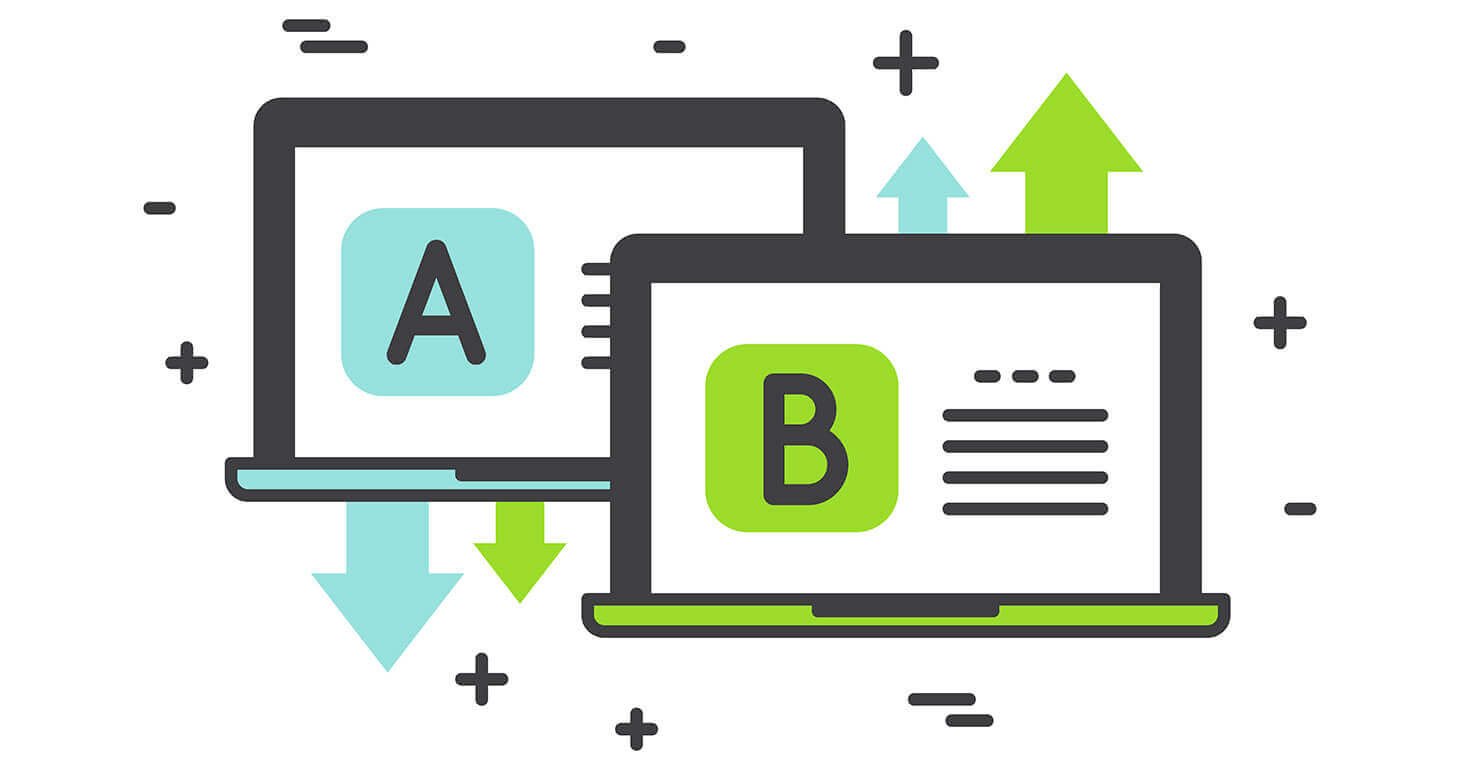PPC ad campaigns can get complex, but fret not. We’re here to guide you through the best practices of PPC services and how to use. These strategies ensure you make the most of your ad budget while navigating the intricacies of ad campaigns.
Landing Page

Landing pages are critical in PPC campaigns. They are where users end up after clicking your ad copy. While the ad captures attention, the landing page seals the deal. It should be a smooth transition, holding the user’s attention and delivering what was promised. A well-optimized landing page can turn leads into customers. Consider the headline, design, actionable CTA buttons, and relevant copy. Converting more customers improves your Google Quality Score, leading to higher ad rankings and more visibility. This can create a cycle of increased conversions and visitors, and you can achieve the best results by applying this strategy.
Conversion Optimization

When it comes to optimizing conversions, there are a few essential factors to emphasize. Firstly, creating highly specific ads for your target audience is crucial. By tailoring your ads to resonate with the intended recipients, you increase the chances of converting them into customers. Secondly, your landing page should seamlessly align with these ads, driving visitors to take action and ultimately convert. Remember to highlight the value proposition and benefits clearly. Additionally, enabling conversion tracking allows you to closely monitor the performance of your landing page and make informed adjustments as needed. By continually refining your approach, you can improve conversion rates and enhance the overall effectiveness of your marketing strategy.
Schedule

One valuable strategy that can greatly enhance the effectiveness of your ad campaigns is the ability to schedule your ads. By utilizing Google ads, you gain the advantage of customizing the specific days and times when your ads are delivered to potential customers. This customization plays a critical role in increasing the relevance of your ads as it ensures that the right audience is exposed to them. As a result, you not only optimize your ad spend but also maximize your reach by strategically targeting your desired audience.
Keyword Match Types

Within Google Ads, you can choose the ideal Match Type for your ad campaigns. Match types are vital in determining how your ads align with search queries and are displayed in search engine results pages (SERPs). Google Ads offers four match types: broad, modified broad, exact match, and phrase.
Each match type allows you to control the precision you want for your keyword phrases. By selecting the appropriate match type, you can significantly impact both the click-through rate (CTR) and cost per click (CPC) of your ads.
Selecting the appropriate match type for your ad groups is of significant importance. It can make a substantial difference in achieving a high CTR along with a low CPC, as opposed to experiencing a low CTR despite a higher CPC. Therefore, understanding and leveraging the appropriate match types can greatly optimize the performance and cost-effectiveness of your ad campaigns.
A/B Testing

A/B testing is the best process that involves experimenting with different variations of an ad campaign strategy to determine which one generates the most positive outcomes. This testing is essential for both your ad copy and landing pages, as it aims to optimize conversions and achieve a high click-through rate (CTR).
When conducting A/B testing, there are four significant components of your ads that you can focus on and modify: description, headline, landing page, and target keywords. By creating different versions of these elements and analyzing the results, you can identify which variation attracts the most people.
To perform effective A/B testing, running the ads for a sufficient amount of time is important. This allows you to gather enough data to understand their performance comprehensively. Based on the results, you’ll be able to decide which strategies to implement moving forward.
A/B testing empowers you to continuously refine and improve your ad campaigns, maximizing their effectiveness and achieving the desired outcomes.
Monitor Keyword Performance

It is important to remember that the performance of a keyword can change over time. Just because a keyword performs perfectly does not guarantee its continued success. It is advisable to regularly monitor the performance of your keywords and make necessary adjustments.
By consistently checking keyword performance, you can identify opportunities for improvement. You may discover better keywords that should be given priority or recognize underperforming keywords that no longer yield satisfactory results. In such cases, dropping ineffective keywords and focusing on more promising alternatives may be necessary.
Regularly evaluating and refining your keyword selection is essential to ensure the effectiveness and relevance of your ad campaigns. By staying active and flexible to changes in keyword performance, you can optimize your campaigns and maintain their success.
Social Media Ads

While CPM (cost per thousand impressions) is commonly used on social media platforms, it’s worth noting that social media sites also offer PPC (pay-per-click) advertising options that function similarly to search engine ads. You can set a budget and bid on ad placements with PPC on social media.
The main difference between social media and search engine ads is their placement. Social media ads have the advantage of appearing directly in users’ news feeds on various platforms, making them less susceptible to ad blockers. This increases the potential reach and visibility of your ads.
Social media platforms, such as Facebook, provide advanced targeting options. You can define specific demographics and target audience segments based on their interests. In contrast, paid search advertising tends to be more keyword-focused. The versatility of paid social media advertising allows for targeting based on various demographic factors, resulting in multiple ways to reach and engage your target audience.
The combination of PPC on social media and sophisticated targeting options provides marketers with a broader range of opportunities to tailor their ad campaigns and connect with their target personas effectively.
Adding Negative Keywords

Negative keywords are terms or phrases related to your campaign but irrelevant to your target audience. You do not want your ads to appear for these keywords in search results. As your campaigns run and you gather data, you will likely identify keywords that are not as successful or counterproductive to your goals. Let us provide you with an example to clarify the concept of negative keywords. Imagine you’re in the business of selling headphones. In this case, negative keywords would include terms such as earplugs, earbuds, earphones, speakers, wireless speakers, and so on.
By continuously monitoring and analyzing the performance of your campaigns, you can identify these negative keywords and add them to a list. This list acts as a filter, preventing your ads from appearing in search results for those specific terms. Using negative keywords can refine your ad targeting, reduce irrelevant impressions, and optimize your campaign’s effectiveness by focusing on the most relevant and valuable audience.
Building and maintaining a comprehensive list of negative keywords is a valuable practice that ensures your ads reach the right audience while avoiding unnecessary or unproductive impressions. As your campaigns progress, regularly reviewing and updating your negative keyword list can contribute to the success and profitability of your ad campaigns.




